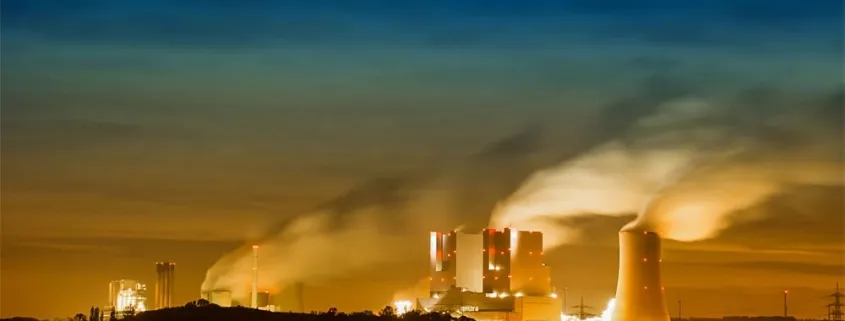Innovating Efficiency with Dry Cooler Heat Exchangers for Sustainable Energy Solutions
What if industrial cooling could be both powerful and environmentally conscious? The answer lies, in part, with advanced technologies like the dry cooler heat exchanger. Kaltra, an international company based in Munich, is at the forefront of this innovation, crafting solutions that redefine efficiency and sustainability in data centers and various industries. Operating in over 60 countries, Kaltra is committed to environmental friendliness and reliability, a dedication reflected in its extensive product line, from energy-efficient chillers to precision air conditioners.
The Role of Dry Cooler Heat Exchangers
Heat exchange is fundamental to many industrial processes. Simply put, heat needs to be moved from one place to another. Traditional methods often involve water, which can lead to significant consumption and potential environmental concerns. That’s where air cooled heat exchangers enter the picture. They offer a way to dissipate heat into the atmosphere without the need for large quantities of water.
But how does a dry cooler heat exchanger work? Instead of using water to cool a fluid, it uses air. Hot fluid passes through a series of finned tubes, and fans force air across these fins. This air absorbs the heat from the fluid, cooling it down. The now-heated air is then released into the atmosphere. This closed-loop system significantly reduces water consumption, making it an attractive choice for businesses looking to minimize their environmental footprint.
Applications in Data Centers and Industry
Data centers, with their massive computing power, generate immense amounts of heat. Keeping these facilities cool is critical for maintaining performance and preventing equipment failure. Air cooled heat exchangers offer a reliable and energy-efficient solution for data center cooling, minimizing water usage and reducing operational costs.
Beyond data centers, these systems find applications in a wide range of industries. Manufacturing plants, power generation facilities, and HVAC systems all benefit from the efficiency and sustainability of air cooled technologies. Whether it’s cooling machinery, process fluids, or entire buildings, the versatility of air cooled heat exchangers makes them a valuable asset.
Kaltra’s Commitment to Sustainability
Kaltra’s focus on environmental friendliness is evident in its design and manufacturing processes. By prioritizing energy-efficient chillers, free cooling systems, and, of course, air cooled heat exchangers, Kaltra helps businesses reduce their environmental impact while improving operational efficiency. The company’s commitment extends beyond its products, encompassing a broader vision of sustainable cooling solutions for the future. This means constantly pushing the boundaries of innovation to develop even more efficient and environmentally responsible technologies.
What does the future hold for industrial cooling? With companies like Kaltra leading the way, it’s clear that sustainability and efficiency can go hand in hand. By embracing innovative technologies like the dry cooler heat exchanger, industries can reduce their environmental footprint, lower operational costs, and build a more sustainable future.
